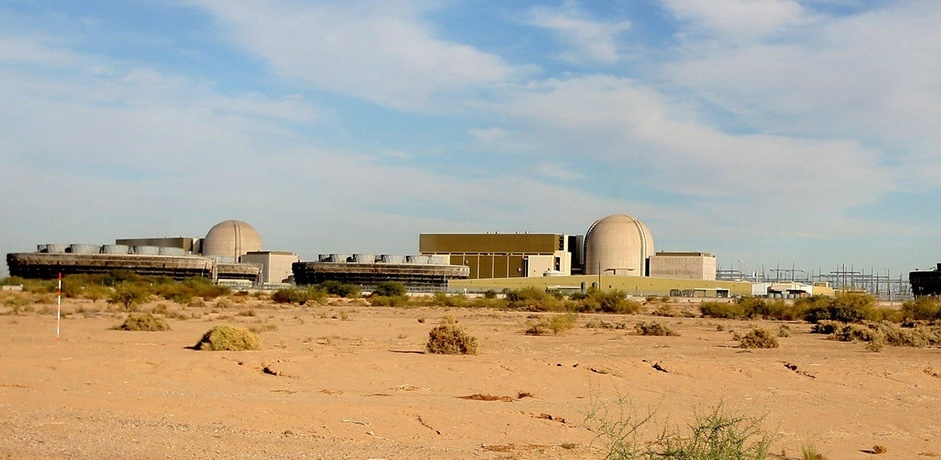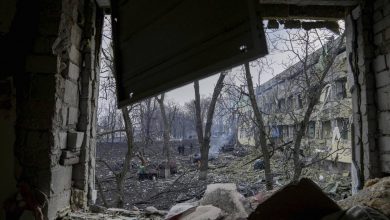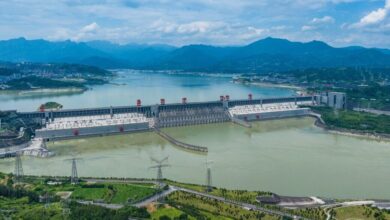Biden seeks salvation in nuclear power
The energy crisis has triggered discussions in Germany about a return to nuclear energy.

Until recently, that was unthinkable. It’s different in the USA, where the government is unhesitatingly pursuing the expansion of nuclear power.
“Today nuclear power provides ten percent of the world’s electricity,” says the TV. “Nuclear power supplies ten percent of the electricity in the world.” Commercials like this one are booming in the USA: The share of nuclear power in the energy mix must increase so that the Biden government’s ambitious climate targets can be met.
That’s how the nuclear industry writes it down in politics. And meets with open ears from Joe Biden’s Energy Minister Jennifer Granholm. “Half of America’s clean, i.e. zero-emission energy comes from nuclear power plants,” said the minister.
What she means is that a good half of the electricity requirement is still covered by fossil fuels; in the other half, however, nuclear power has just as high a share as wind and sun together.
Nuclear power when the sun doesn’t shine
Scott Melbye, a lobbyist for America’s uranium producers, argues that renewable energies and nuclear power plants would ideally complement each other. “Nuclear power plants could step in whenever there is a lull or the sun isn’t shining.” Accordingly, there are signs of a massive expansion of the nuclear power plant infrastructure in the USA. There are currently 56 nuclear reactors connected to the grid, spread across 28 countries.
The Biden government has launched a $6 billion program to modernize the old mines. In Georgia, two new nuclear power plants are about to be commissioned. More are to follow: especially in former mining regions, in order to offer new job prospects to coal miners who have been processed there.
“Nuclear waste the size of a soccer field”
The Biden government does not have any safety concerns: “The USA sets the gold standard when it comes to the operational safety of the brand new and also the outdated reactors,” emphasizes Energy Minister Granholm. Nuclear power lobbyist Melbye dismisses the sensitive issue of “radiating contaminated sites”: “All of the nuclear waste that has accumulated in the USA since the 1950s can be accommodated on a single soccer field,” he says.
But there is just as little permanent storage as there is in Germany. For this reason, environmentalists like Ralph Cavanagh are warning the communities on whose territory nuclear power plants are to be built: “Anyone who houses a nuclear power plant will also house nuclear waste for the foreseeable future!” In the USA, however, the provision of fuel is more of a concern than the problem of contaminated sites. “A fifth of the radioactive sources of energy come from Russia,” Melbye points out.
Dormant uranium deposit
If you include Kazakh and Uzbekistan as suppliers, then 60 percent of the uranium for US nuclear power plants comes from abroad. Ever since the Russian invasion of Ukraine began, it has been clear that this is about to change. Enormous uranium deposits lie dormant in seven or eight western US states: lobbyists like Melbye are urging Washington to press the tube on uranium mining permits. The signs of the times have never been more favourable.



